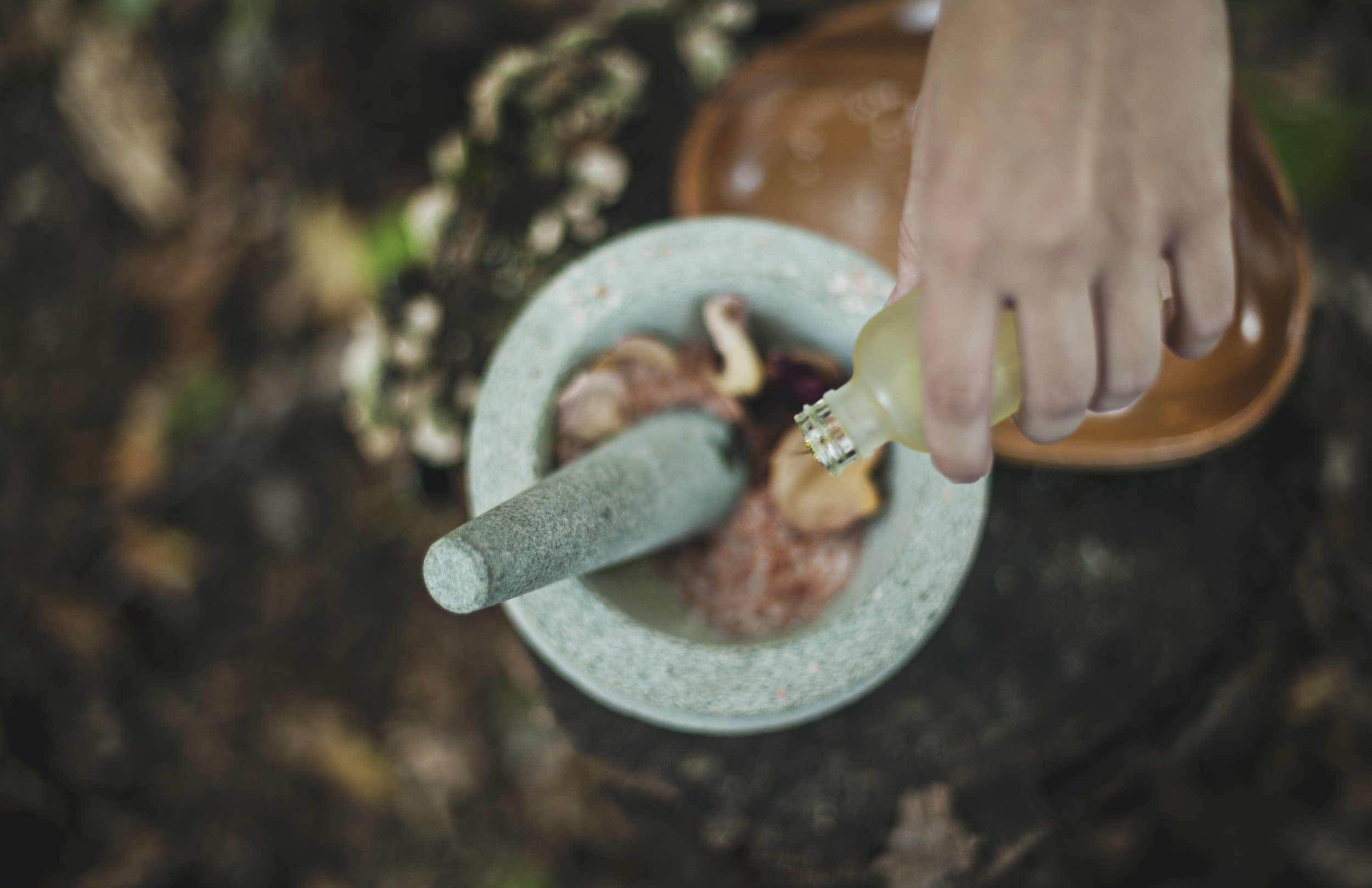
Treatment for your healthcare needs.
Our services
Acupuncture
Acupuncture is one of the modalities of Traditional Chinese medicine. This ancient practice believes the body to have more than 2,000 acupuncture points connected by pathways called meridians.
Acupuncture involves the insertion of very thin needles through the skin. After inserted, the acupuncturist uses gentle and specific hand movements or uses electrical stimulation to activate the needles.
This causes physical responses in nerve cells, the pituitary gland and parts of the brain. These responses can cause the body to release beneficial proteins, hormones and brain chemicals that govern a number of bodily functions. By stimulating physical responses, acupuncture positively affects blood pressure, body temperature, immune activity and causes the release of endorphins - the body’s natural painkillers.
Chinese Herbal Medicine
Acupuncture is often used along with herbs as a supplemental treatment. Chinese herbal medicines are mainly plants. However, some preparations include minerals or animal products.
Depending on the herbs and its uses, they can be packaged as raw (for teas), granules, powders, pastes, liquid extracts, liniments, lotions or tablets.
A few herbs are usually used in one formuation that have strictly designated roles, where some address the primary complain and others adress secondary complaints, some target specific parts of the body or are added to balance the prescription.
To precribe an herbal formulatuion, the practitioner looks not at the disease, but at the overall pattern presentation, taking into account the state of the patient’s Yin and Yang, and the elements that are governing the affected organs.
Depending on acute or chronic condition, herbal treatment may vary between one or two weeks to much longer.
We work with primarily with Kamwo Meridian Herbs, the largest herbal dispensary on the east coast, and a trusted provider of Traditional Chinese Medicine herbals with high quality assurance.
Cupping
Cupping is an ancient form of tradtional Chinese medicine used to ease pain. Cups can be placed on back, stomach, arms, legs or other parts of the body. The cups create a negative pressure or suction pulling the skin upward into the cup.
Suction from the cups draws fluid into the painful area. The vacuum created expands and breaks open tiny blood vessels under the skin. Then the body treats the cupped area like an injury, by sending blood to the area stimulating the natural healing process.
Moxibustion
Moxibustion is used in traditional Chinese medicine to “bake” acupuncture points with burning moxa wool, which is made with mugwort leaves. Moxa can be aplied in a variety of ways, directly or indirectly. The heat is either transferred through the acupuncture needle, used as a cone on the skin or with a stick burned close to the skin’s surface.
Moxibustion therapy is often used to help turn a breech baby, to treat diarrhea, colitis, urinary incontinence, dysmenorrhea, osteoarthritis, temporomandibular joint syndrome, soft tissue injury, heel pain, asthma, urinary retention, herpes zoster, and fatigue.
Gua Sha
Gua sha is a traditional technique that uses a series of tools to scrape the skin to relieve blood stagnation. It is most commonly performed on the neck, shoulders, back and face.
Gua sha utilizes smooth tools to rub or “scrape” the skin to promote circulation to the local area in order to reduce pain and promote healing.
Gua Sha can be used for pain, muscle tension, stiffness and spasms.
Tui Na
Tui Na is a therapeutic form of massage to meridians, acupoints, and groups of muscles and nerves. Methods include soft tissue massage, manipulation and acupressure. Herbal compresses, ointments, liniments, and heat are often used.
Tui Na is beneficial in reducing the pain in the neck, shoulders, hips, back, arms, thighs, legs and ankles. By using meridians and acupuncture points, it may also be effective in the treatment of arthritis, sciatica, muscle spasms, insomnia, constipation, headaches and other disorders related to digestive, respiratory and reproductive systems.







